Silva Cells and On-Structure Installations
The DeepRoot Silva Cell system has been installed in dozens of rooftop and on-structure projects around the world. Whether on top of existing structures — such as parking garages — or a garden terrace atop a new construction project, Silva Cells can help create structure as well as bioretention for tree roots.
There are two types of green roof installations: intensive and extensive. Extensive green roofs are only a few inches deep and are geared towards lighter roof loads and small perennials (such as Sedum). Intensive roofs, on the other hand, have a deeper soil profile, suitable for the soil volume needs of larger trees.
What are the design considerations to keep in mind when utilizing Silva Cells and trees in a rooftop/on-structure planting? The most important factors when specifying Silva Cells for this application are vertical dimension, aggregate subbase, load, weight, slab dimensions, and anchoring.
The vertical dimension of the space is paramount: the height from the top of the underlying structure to the top of the finished pavement will ultimately determine the size (1X, 2X, 3X, or 4X) of Silva Cell used.
In almost all instances there will be layering or “build-up” of materials like vapor barrier, foam insulation, waterproofing membrane, and drainage products on top of the underlying structure or between the underlying structure and the bottom of the Silva Cells. DeepRoot has worked with on-structure foam installations numerous times. Our clients have used high-density 95psi foam in many of these circumstances, particularly in retrofit green roofs where the weight of the soil and trees was not factored into the ordinal architectural design of the building. When Silva Cells are being installed over natural soil, we recommend that they be installed on a minimum of 4” (100 mm) of compacted aggregate to ensure a solid foundation. When it comes to applications where the Silva Cells are being installed over concrete structure instead of natural soil, however, there can be some flexibility in the depth of the subbase.
Silva Cells, when used in conjunction with one of our recommended pavement sections, are designed to meet the AASHTO H-20 standard of 32,000 pounds per axle — or, basically, a large truck. Our recommended standard pavement sections range in thickness from 8” (4” of concrete over 4” of aggregate) to 15.5” (3.5” of pavers over 12” of aggregate); however, it is not always necessary to design to the H-20 standard. Frequently on structure applications have limited access, weight restrictions, and other similar factors that limit (or eliminate) vehicular traffic allowances. In these instances, the design team has the opportunity to reduce the loading standard, which in turn can reduce the overall thickness of the pavement section over the Silva Cells and create more room for soil volume.
Weight is a major concern. Below is a chart of the weight of Silva Cells:
| Model | LB | KG |
| 1x | 23.8 | 10.8 |
| 2x | 31 | 14.06 |
| 3x | 39.4 | 17.87 |
| Each model is approx. 10.33ft2 (.95m2) | ||
Lastly, it is important to anchor down the frames and plan accordingly during design and construction. In typical Silva Cell applications (not on structure) four 10” spikes per frame are used to keep the base layer of frames from moving around during construction. For on-structure applications, it may not be possible to use spikes. We recommend using small wood spacers between the frames to help keep them stationary. Scrap 2x4s or other dimensional wood is typically used as a blocking.
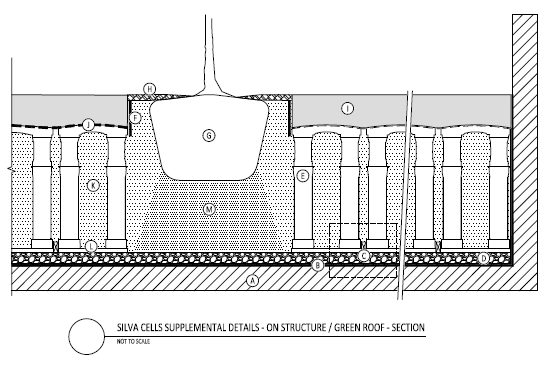
Successful On-Structure Projects
The Lincoln Center Bosque | NYC | U.S.
On-Structure Roof
954 1x and 2x Silva Cells
30 Trees
18,000 ft3 (510 m3) of total soil volume
Landscape Architect: MNLA
Contractor: Kelco Construction
Installation: 2009
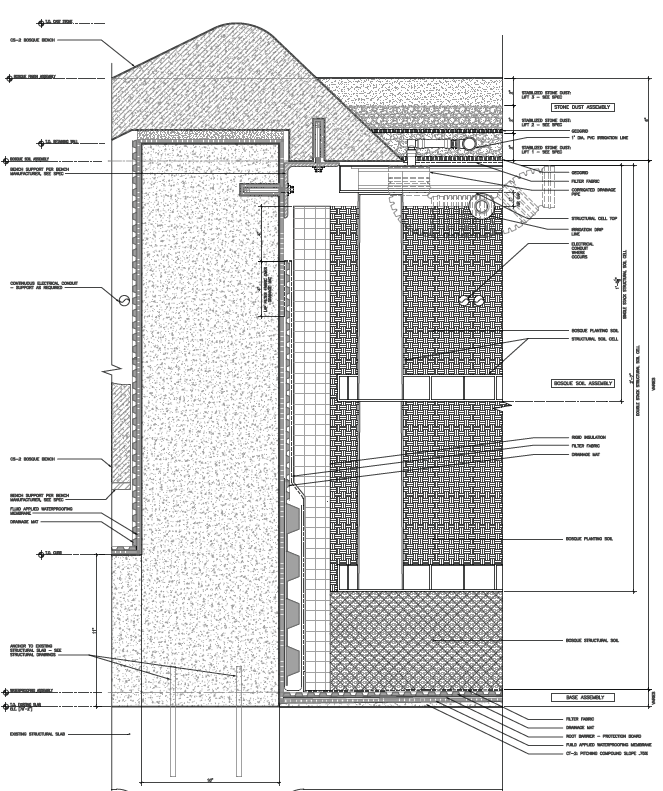
Figure 1: Typical Section Barclay Capital Grove, Lincoln Center NYC.
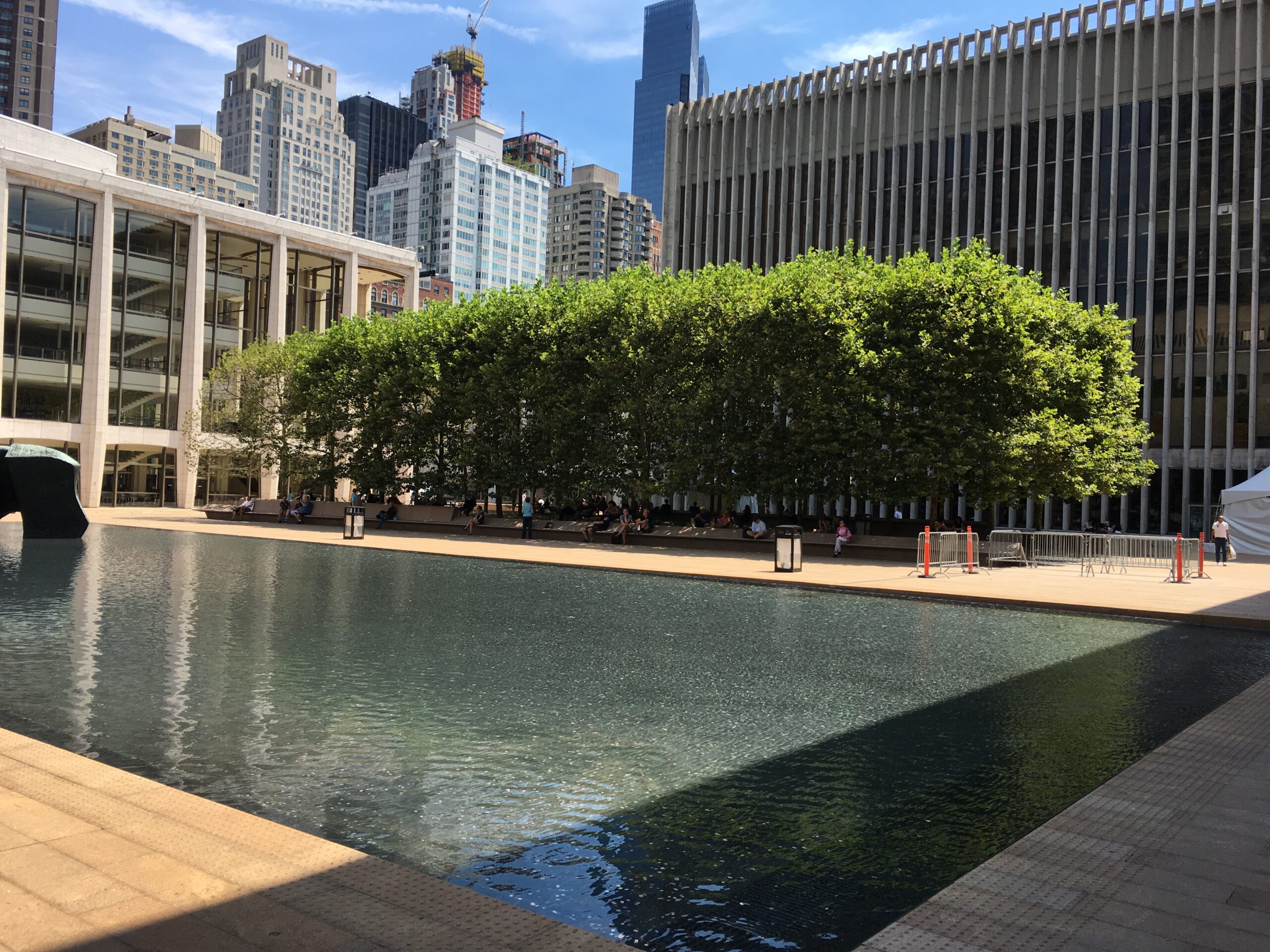
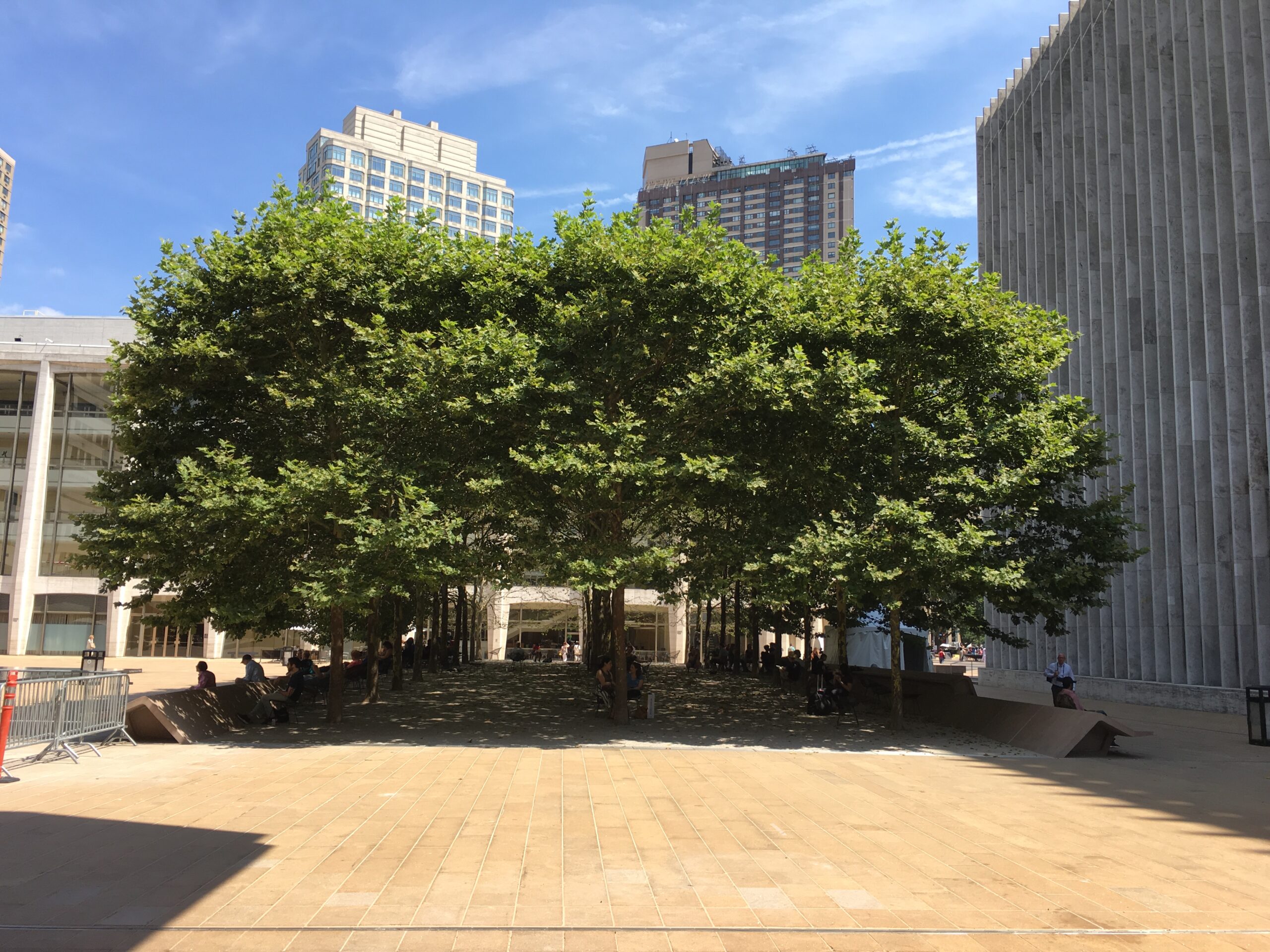
Mississauga Civic Square | Ontario | Canada
On-Structure Roof
830 1x and 3x Silva Cells
16 Trees
288 m3 (10,171 ft3) of total soil volume
Landscape Architect: Janet Rosenberg & Studio
Installation: 2010
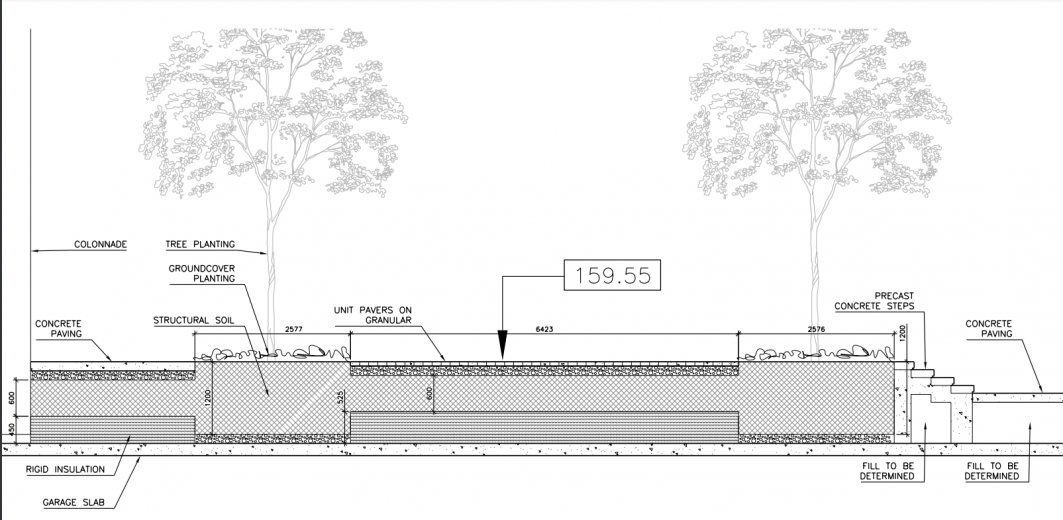
Figure 2: The Silva Cells are over a parking garage.
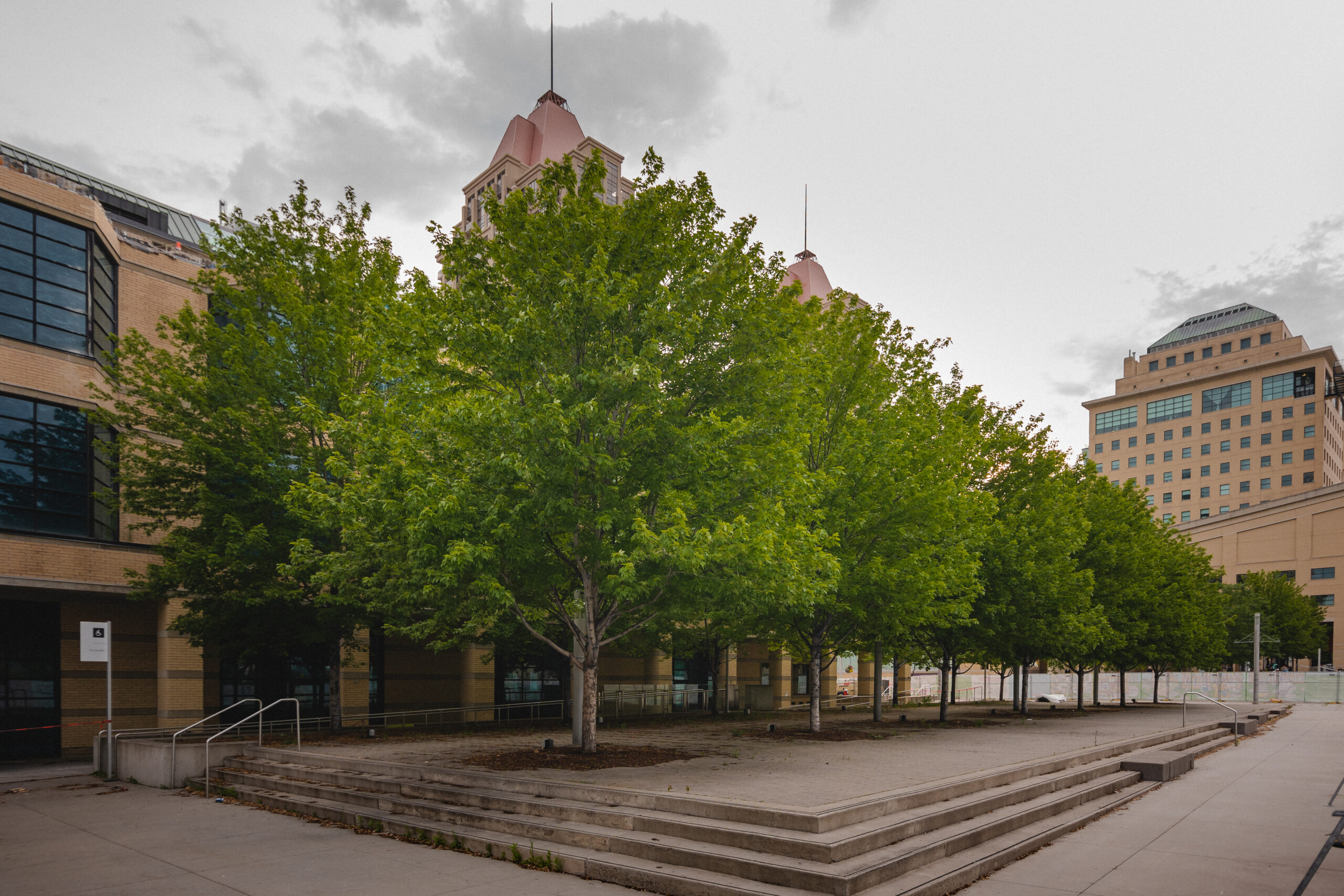
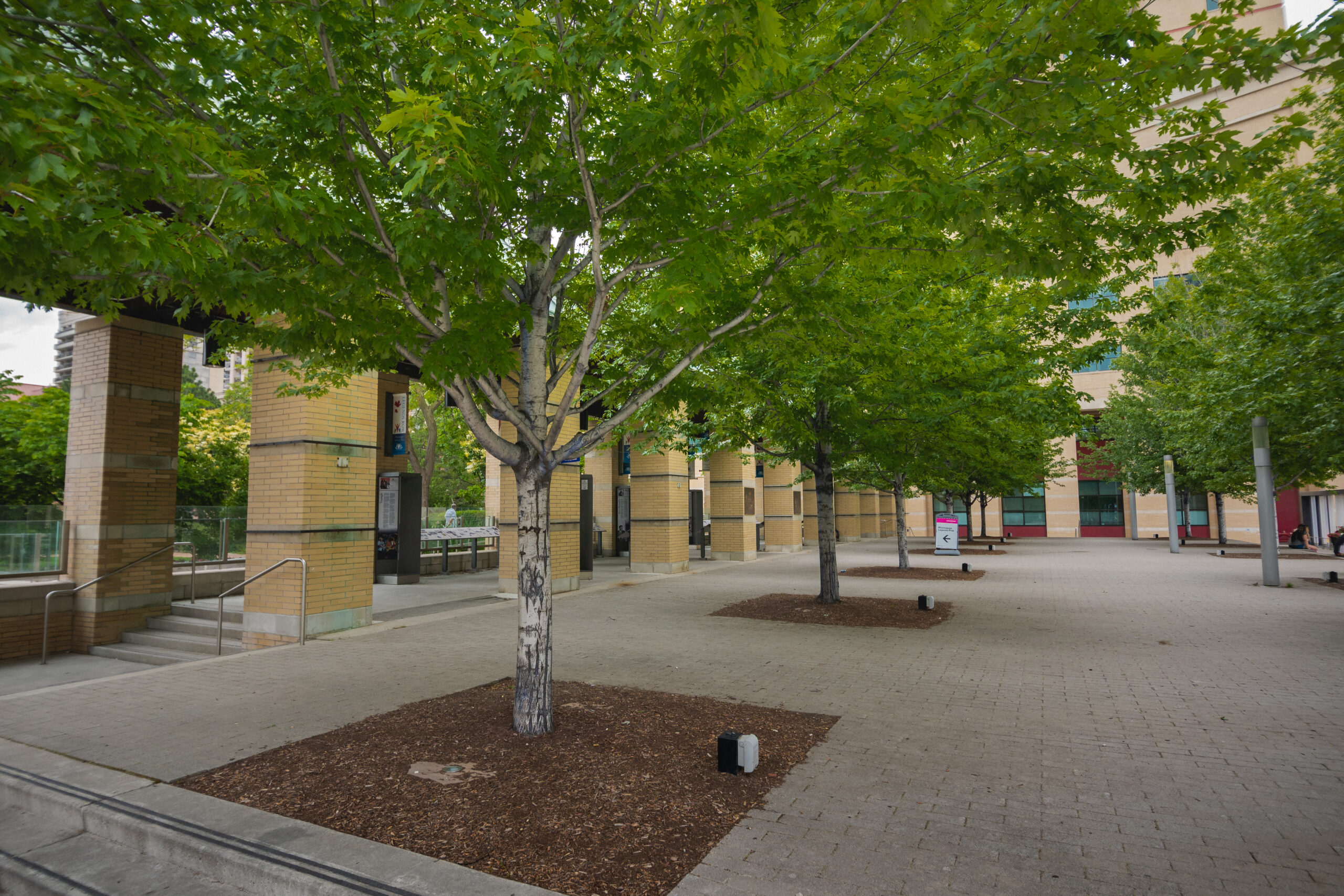
10 Trinity Square | London | U.K.
On-Structure Plaza
432 4x Silva Cells
14 Trees
432 m3 (15,256 ft3) of total soil volume
Landscape Architect: Capita Symonds
Subcontractor: Frost Landscapes
Installation: 2017
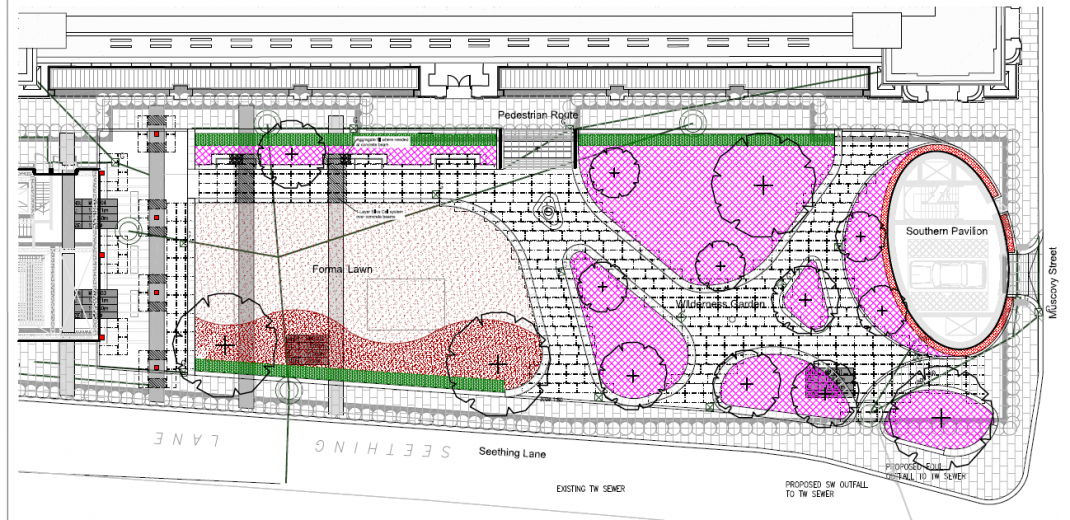
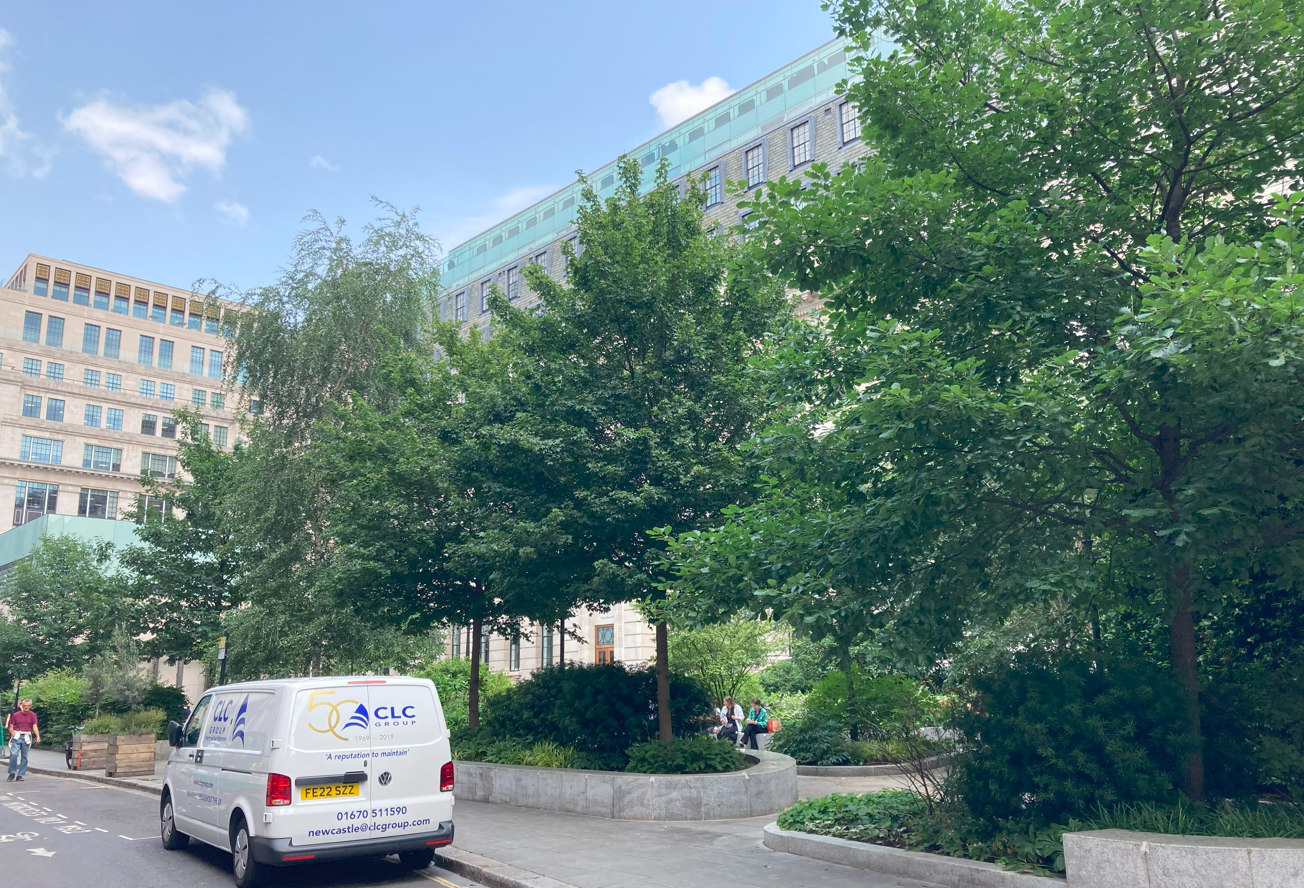
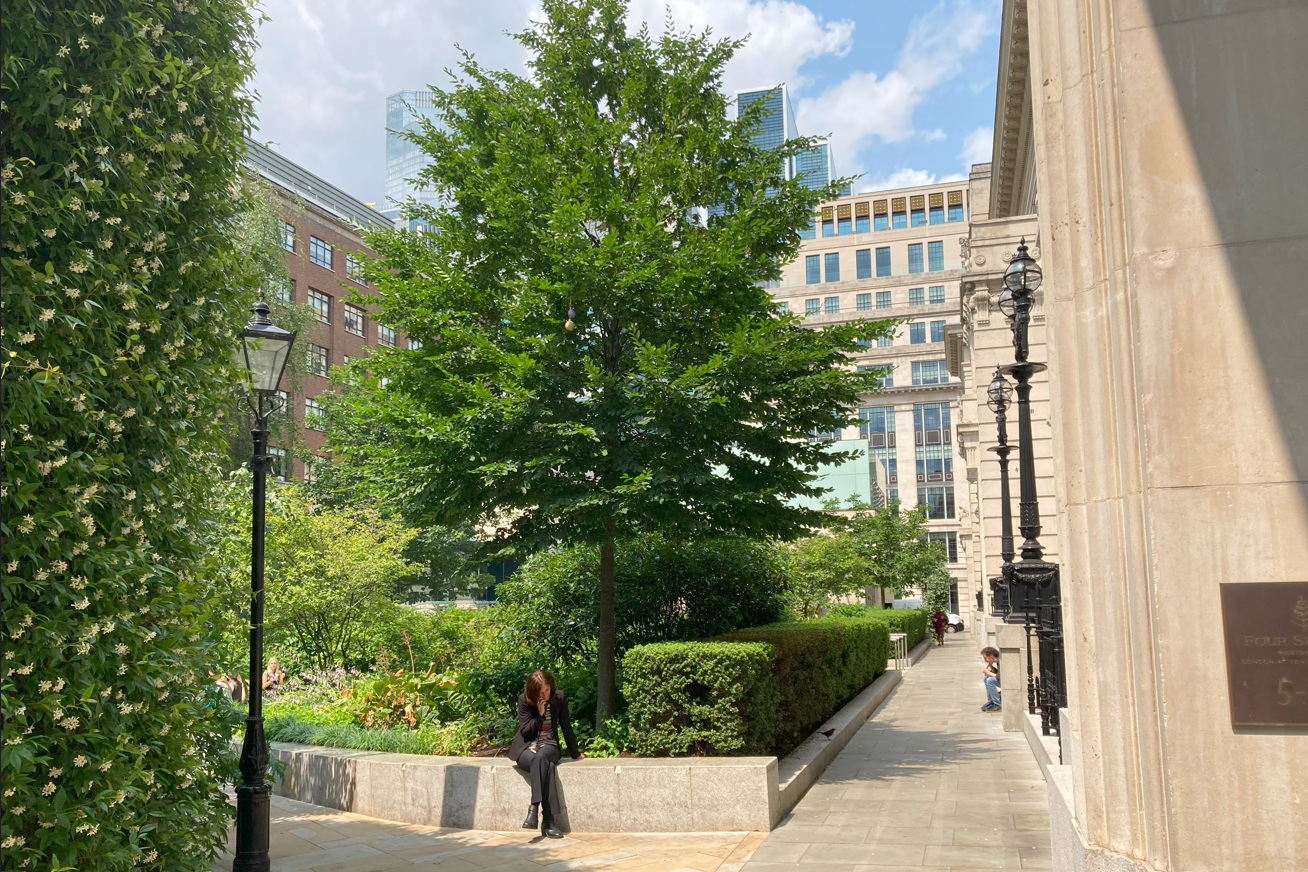
Troy Block | Seattle | U.S.
On-Structure Plaza
246 1x, 2x, and 3x Silva Cells
14 Trees
6,529 ft3 (185 m3) of total soil volume
Landscape Architect: Swift Company
Installation: 2017

Figure 4: 3,000 sf of Silva Cell modular suspended pavement system over structure at the courtyard for Troy Block.
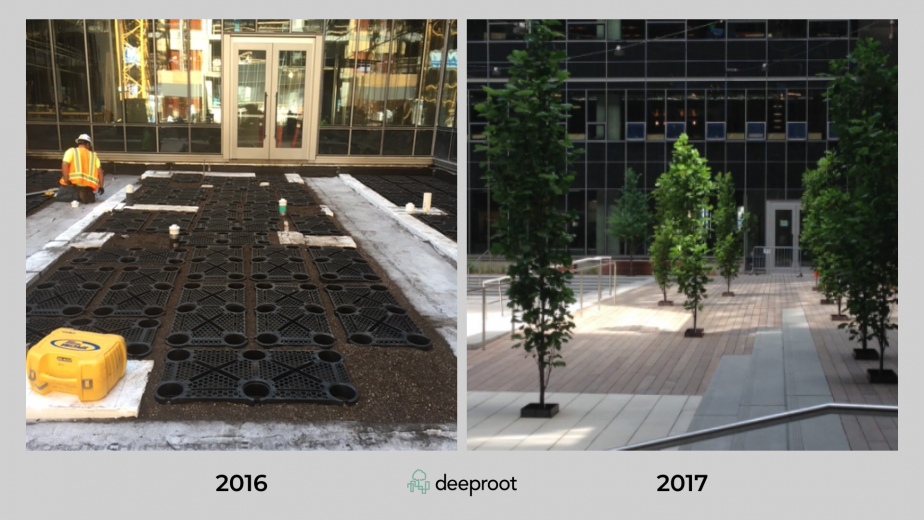
The Broad Museum Plaza | Downtown Los Angeles | U.S.
On-Structure Plaza
120 3x Silva Cells
13 Trees
4,111 ft3 (116 m3) of total soil volume
Landscape Architect: Hood Design
Installation: 2014
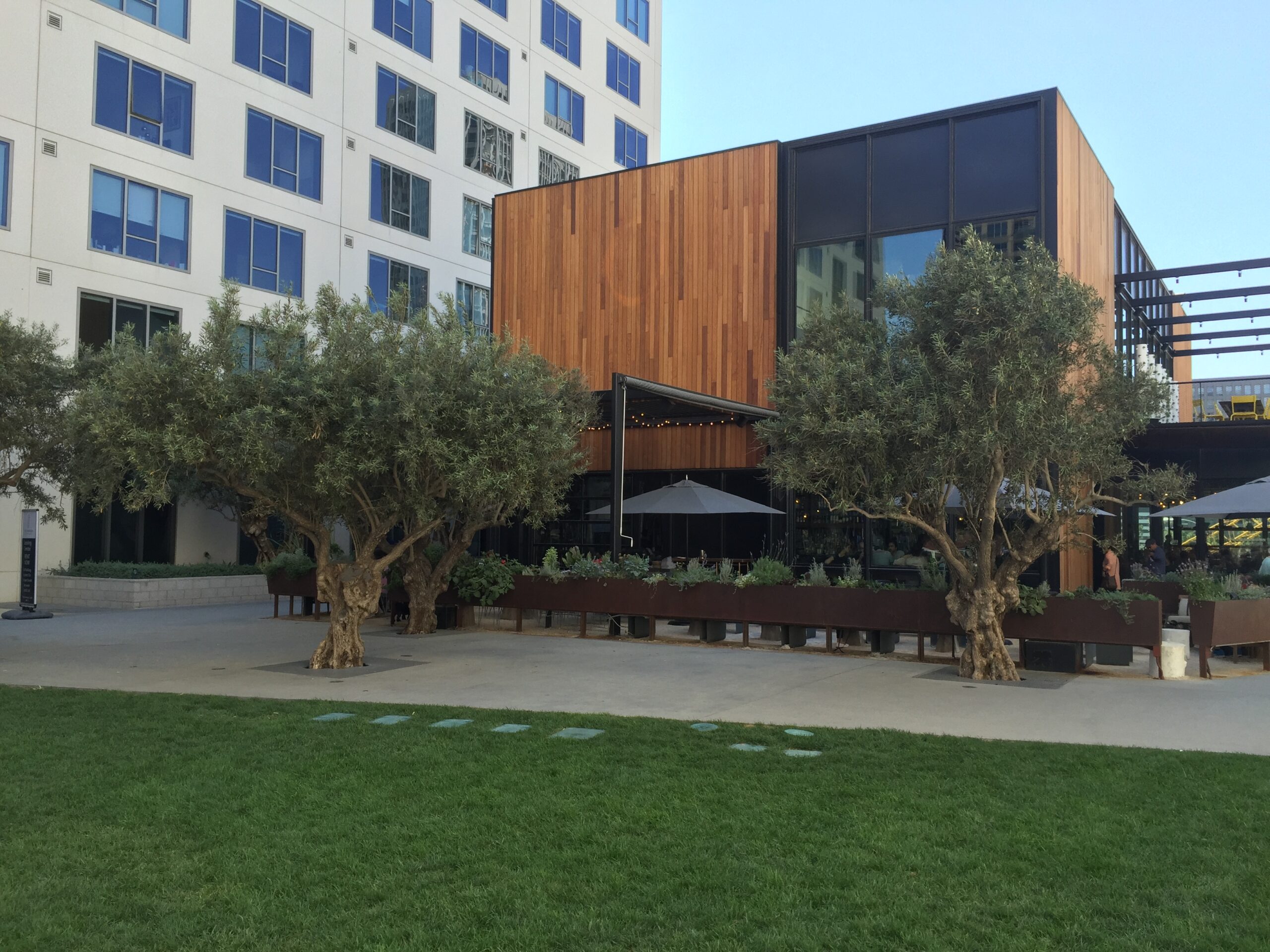
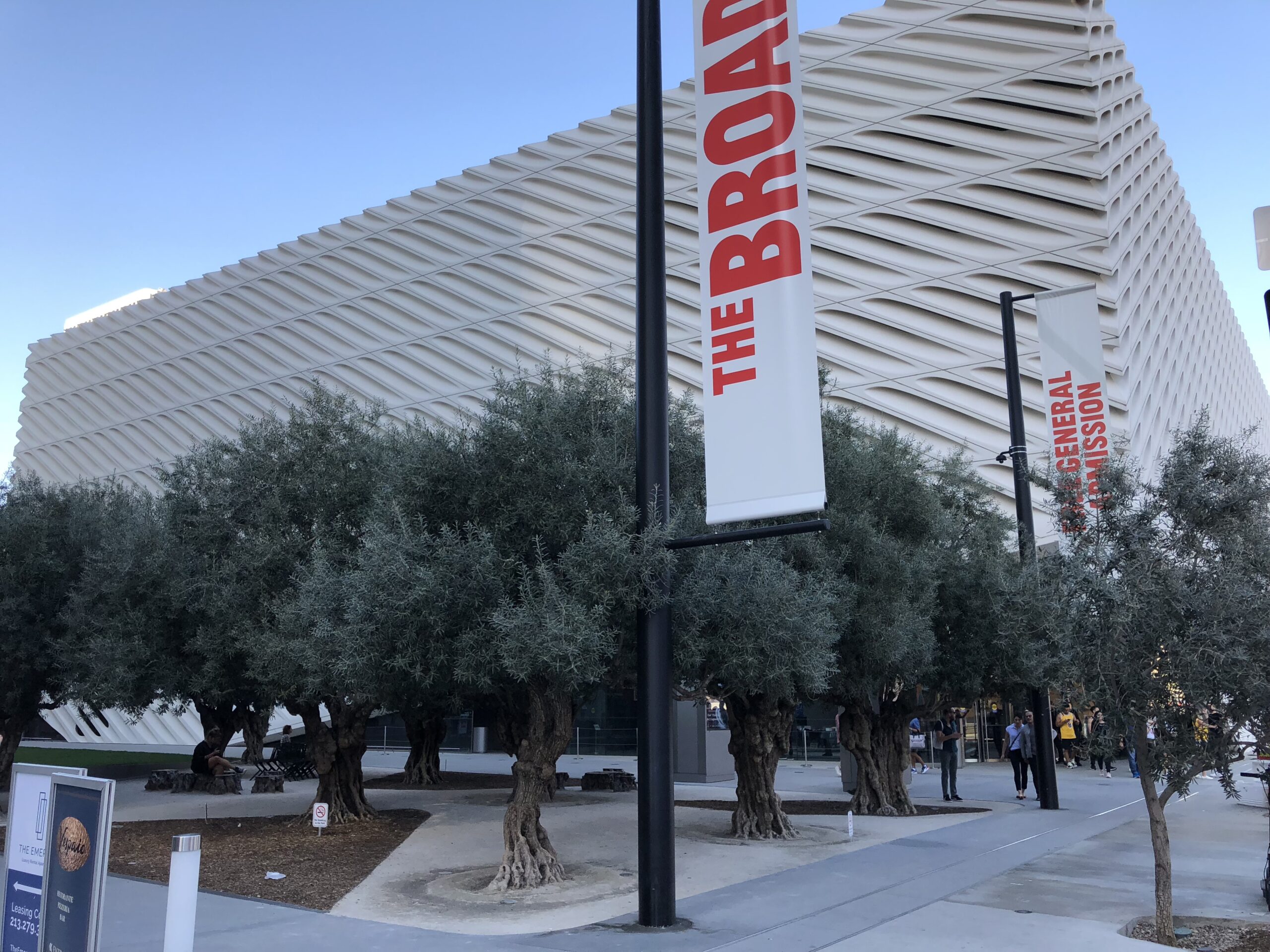
St. Regis Hotel | Chicago | U.S.
On-Structure Roof
48 2x Silva Cells
13 Trees
1,180 ft3 (35 ft3) of total soil volume
Landscape Architect: Olin
Installation: 2020
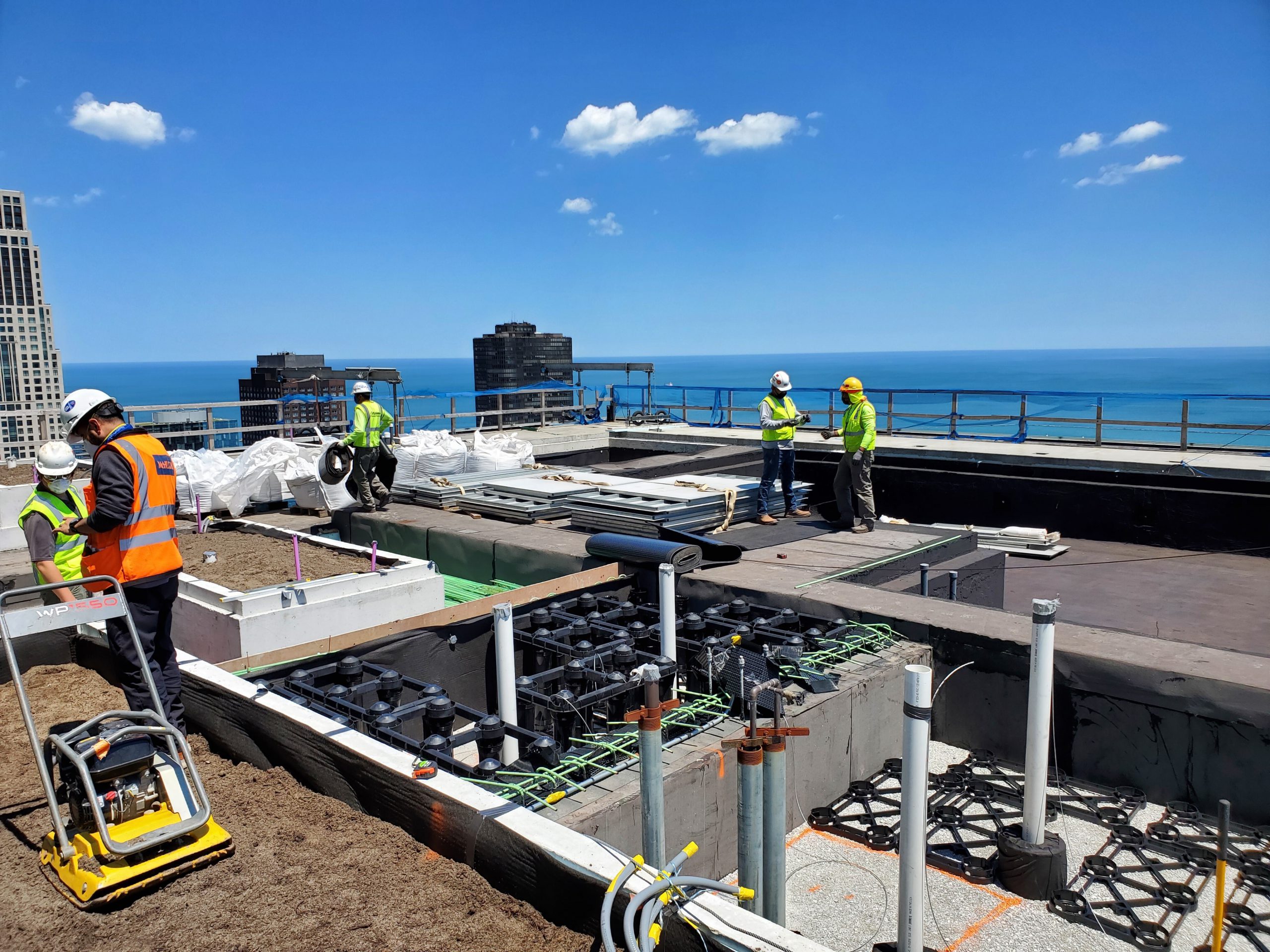
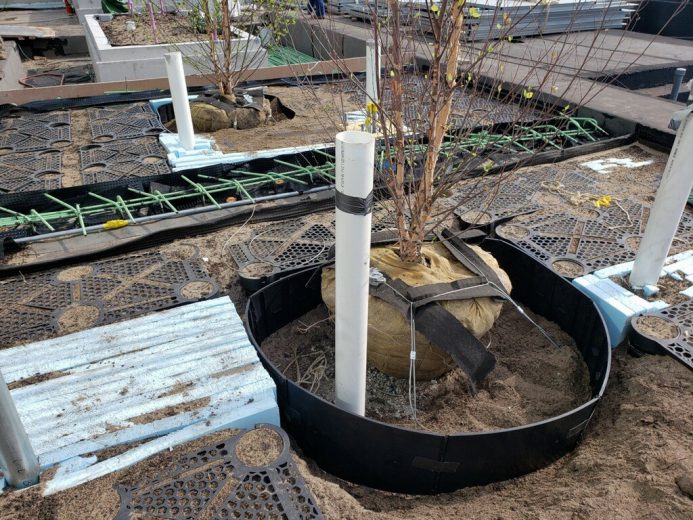

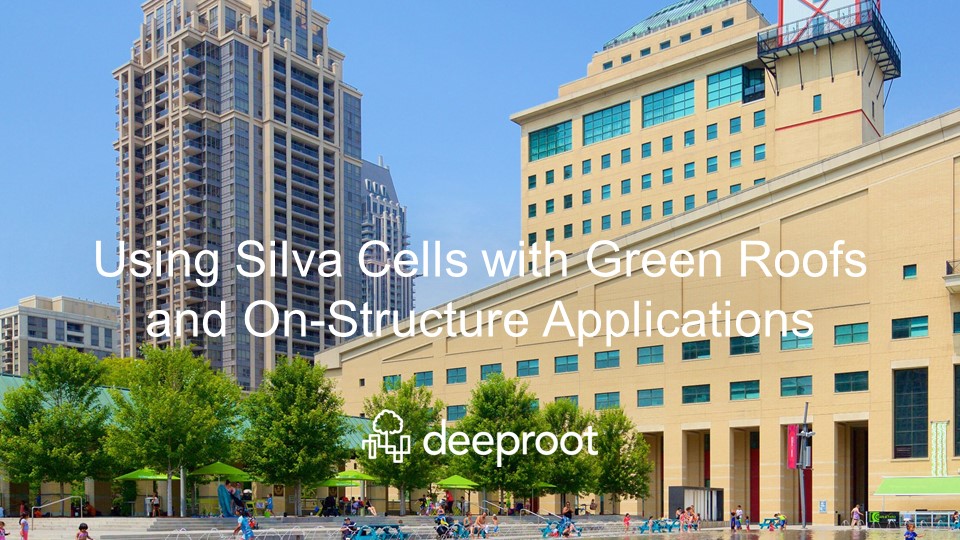

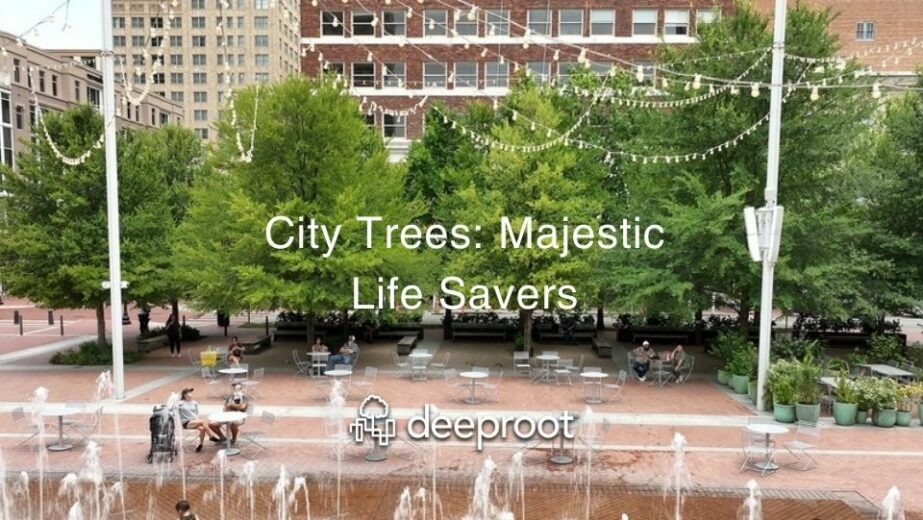
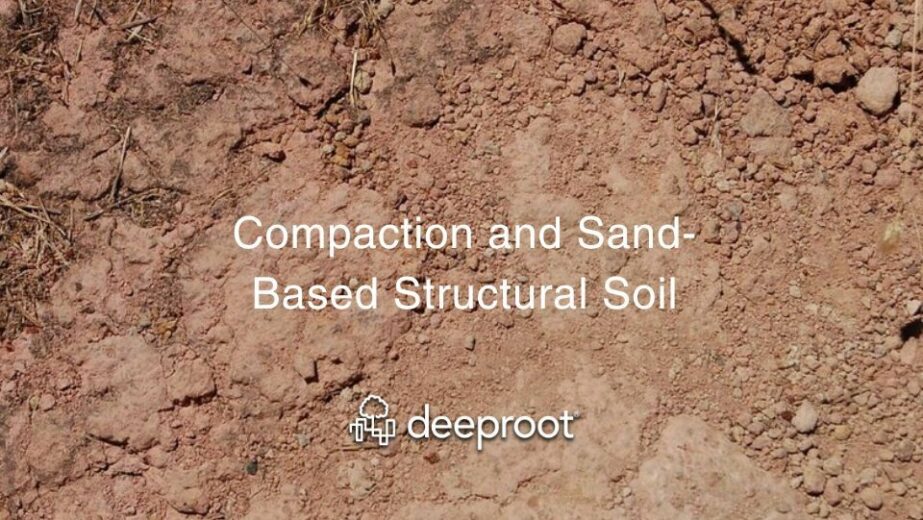

Leave Your Comment